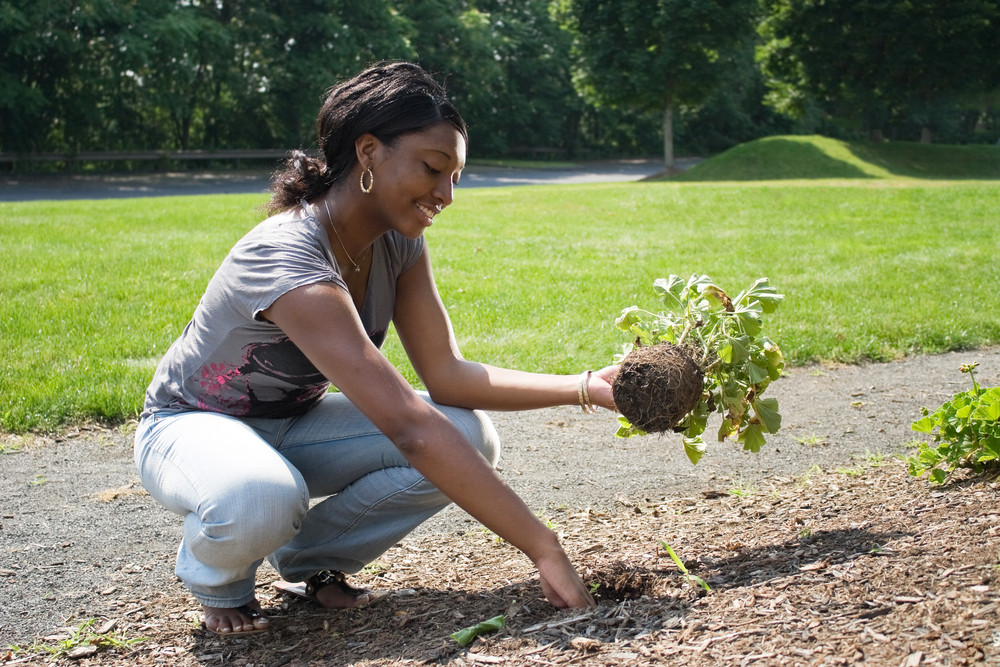
Mulching is a critical gardening practice that offers numerous benefits, from conserving soil moisture and regulating temperature to suppressing weeds and enhancing the visual appeal of garden beds. If you’re planning to buy mulch for your garden or landscape, one of the first questions you might ask is, “How much is mulch?” The cost can vary widely depending on several factors, including the type of mulch, the quantity needed, and where you purchase it. Here’s a detailed look at what can influence the price of mulch and what you might expect to spend.
Types of Mulch and Their Costs
Mulch comes in a variety of materials, each with a different price point. Organic mulches, like wood chips, bark, and straw, are popular because they not only cover the soil but also break down over time to improve soil health. Inorganic mulches, such as rubber or stones, are more durable but don’t enhance soil fertility. Here are some common types of mulch and their average costs:
- Bark Mulch: This is one of the most common types of organic mulch, derived from various tree barks. It varies in price, usually costing anywhere from $30 to $60 per cubic yard. It’s effective at suppressing weeds and adds a rich color to the landscape.
- Wood Chips: Often available for free from local tree services, wood chips can also be purchased for about $20 to $50 per cubic yard. They are an excellent choice for large areas where you need a lot of coverage.
- Rubber Mulch: This inorganic option is more expensive, typically ranging from $80 to $160 per cubic yard. It lasts much longer than organic mulch but does not improve soil health.
- Straw: A very affordable option, straw can be purchased for about $10 to $20 per bale. It’s great for vegetable gardens as it keeps the soil moist and decomposes into a nutrient-rich additive.
Additional Costs to Consider
The cost of mulch isn’t just about the material itself. Delivery fees can add significantly to the total expense, especially if you need a large volume and live far from a supplier. Many garden centers or landscape supply companies charge a flat rate for delivery based on distance, which can range from $15 to $100.
Volume Discounts and Seasonal Sales
Buying in bulk can often save you money. Some suppliers offer discounts if you purchase more than a certain amount, such as ten cubic yards or more. Also, consider the timing of your purchase. Early spring or late fall can be optimal times to find sales as stores clear out old inventory or promote gardening at the start of the season.
DIY vs. Professional Installation
If you’re spreading the mulch yourself, you can save on labor costs. However, for large projects or specific types of mulch like heavy stones, you might need professional help, which can add $20 to $50 per hour to your total cost.
Estimating Your Needs
To determine how much mulch you need, measure the square footage of the area you want to cover. Generally, a cubic yard of mulch covers about 100 square feet to a depth of three inches. Ensure to calculate your needs accurately to avoid overbuying or making multiple trips to the store.


